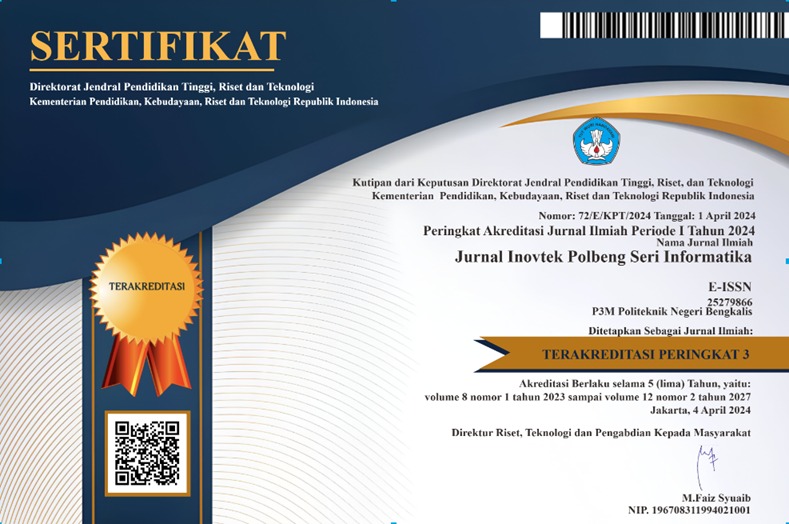Comparative Analysis of No-Code and Conventional Development Efficiency in Beauty Product Application Redesign
DOI:
https://doi.org/10.35314/g56mcv29Keywords:
no-code development, conventional development, requirement engineering, black-box testing, effort estimationAbstract
Advances in information technology are driving the business sector to seek faster and more resource-efficient software development methods. Conventional methods such as PHP–MySQL often require longer development times and high technical expertise, while no-code approaches offer a simpler alternative for small- to medium-scale applications. This study aims to analyze the efficiency of the no-code approach (MIT App Inventor) compared to conventional methods through a case study of the Innerlight application, applying the requirements engineering method that includes requirements formulation, analysis, specification, and validation of development results. Evaluation was conducted by measuring the processing time and effort estimation (person-days), as well as functional testing using black-box testing. The results show that no-code development requires an average of 6.5 working days (13 person-days), while the conventional method requires 8.5 working days (17 person-days), or approximately 24% more in terms of time and effort. Efficiency was measured based on project observation data without financial estimation or analysis of variation between teams. This study is a single case study, so the results cannot be generalized to other projects of different scales and complexities. The no-code approach is considered suitable for simple applications, while conventional methods are superior for systems that require flexibility and advanced logic control.
Downloads
Downloads
Published
Issue
Section
License
Copyright (c) 2025 INOVTEK Polbeng - Seri Informatika

This work is licensed under a Creative Commons Attribution-NonCommercial-ShareAlike 4.0 International License.













